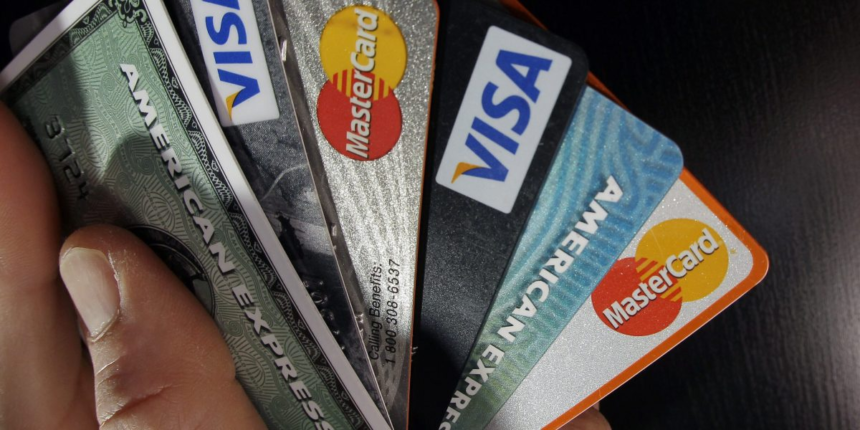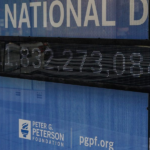The federal funds rate, set by the Federal Reserve, is the rate at which banks borrow and lend to one another. While the rates that consumers pay to borrow money aren’t directly linked to this rate, shifts in Fed policy affect what people pay for credit cards, auto loans, mortgages, and other financial products.
Wednesday’s quarter-point cut is the first since December and lowers the Fed’s short-term rate to about 4.1%, down from 4.3%. The Fed projected it will cut rates two more times before the end of the year.
“The dual mandate is always a balancing act,” said Elizabeth Renter, senior economist at personal finance site NerdWallet.
Here’s what to know:
“Much of the impact on mortgage rates has already occurred through anticipation alone,” he said. “(Mortgage) rates have been falling since January and dropped further as weaker-than-expected economic data pointed to a cooling economy.”
Still, Kates said a declining interest rate environment will provide some relief for borrowers over time.
“Whether it’s a homeowner with a 7% mortgage or a recent graduate hoping to refinance student loans and credit card debt, lower rates can ease the burden on many indebted households by opening opportunities to refinance or consolidate,” he said.
For savers, falling interest rates will slowly erode attractive yields currently on offer with certificates of deposit (CDs) and high-yield savings accounts.
Right now, the best rates on offer for each have been hovering at or above 4% for CDs and at 4.6% for high-yield savings accounts, according to DepositAccounts.com.
There may be a few accounts with returns of about 4% through the end of 2025, according to Ken Tumin, founder of DepositAccounts.com, but the Fed cuts will filter down to these offerings, lowering the average yields as they do.
“If the auto market starts to freeze up and people aren’t buying cars, then we may see lending margins start to shrink, but auto loan rates don’t move in lockstep with the Fed rate,” said Bankrate analyst Stephen Kates.
Prices for new cars have leveled off recently, but remain at historically high levels, not adjusting for inflation.
Generally speaking, an auto loan annual percentage rate can run from about 4% to 30%. Bankrate’s most recent weekly survey found that average auto loan interest rates are currently at 7.19% on a 60-month new car loan.
“These savings could contribute to a reduction in delinquency rates across credit card and unsecured personal loan segments,” she said.
Still, the best thing for anyone carrying a large credit card balance is to prioritize paying down high-interest-rate debt, and to seek to transfer any amounts possible to lower APR cards or negotiate directly with credit card companies for accommodation.
___









